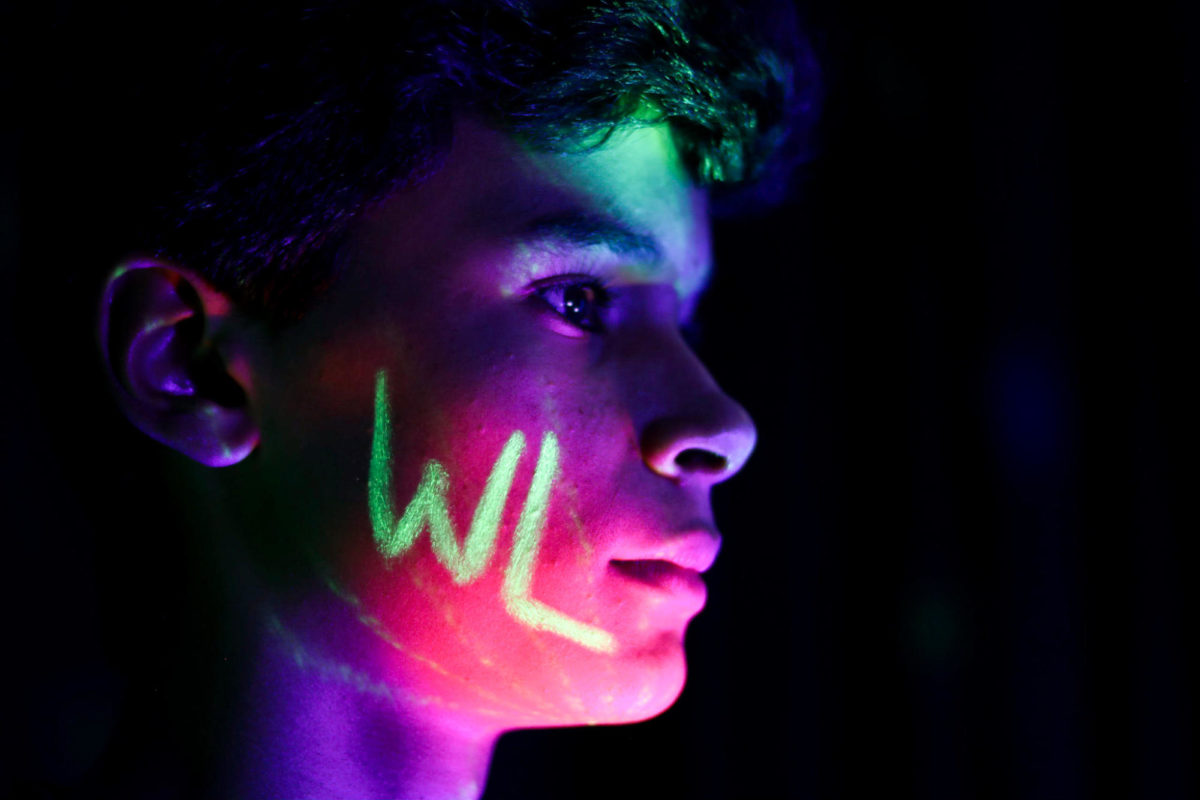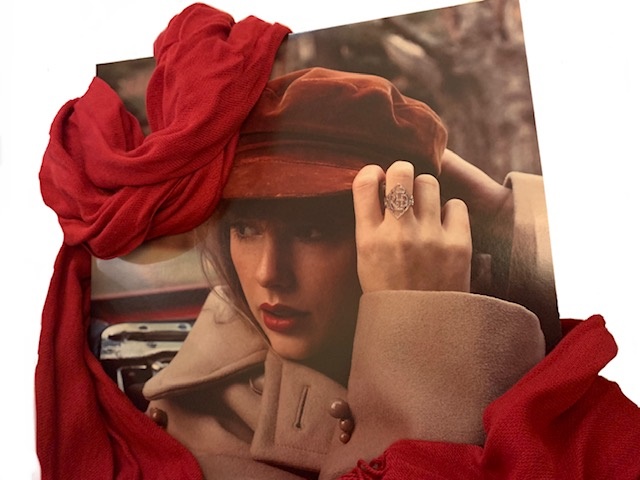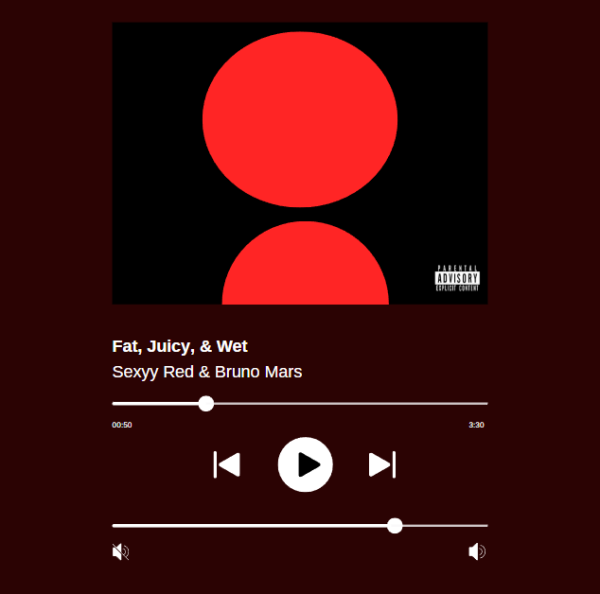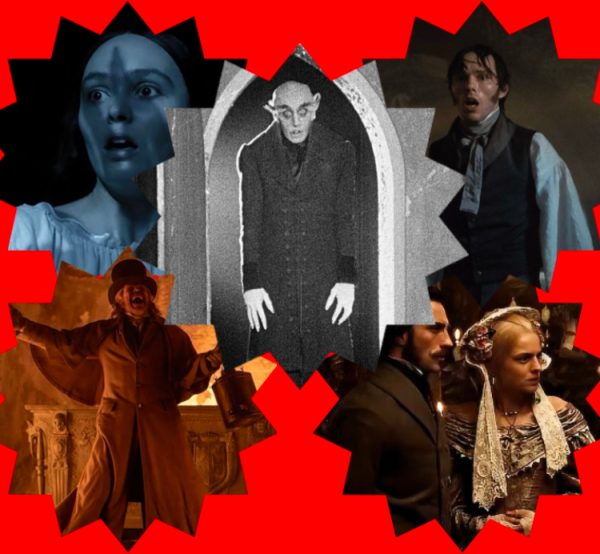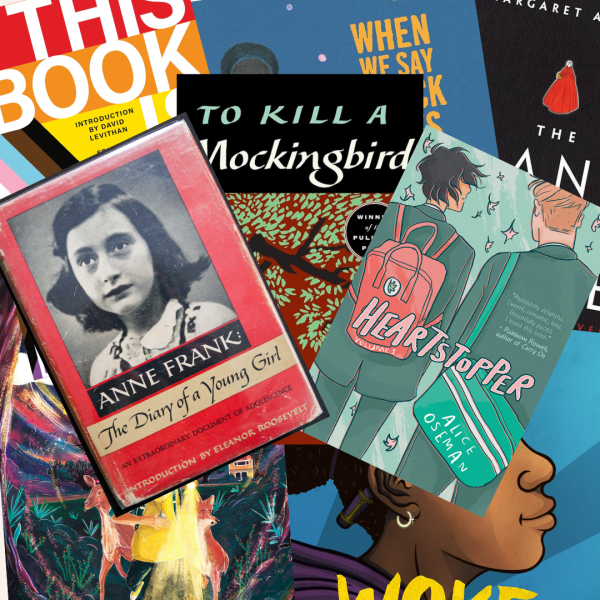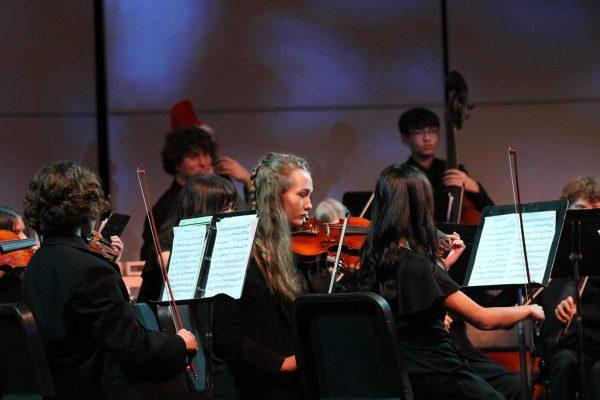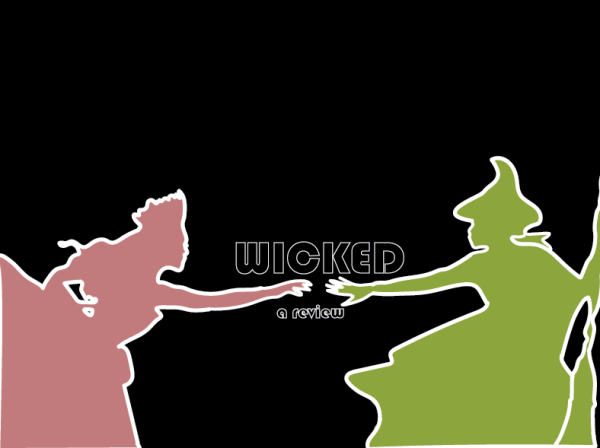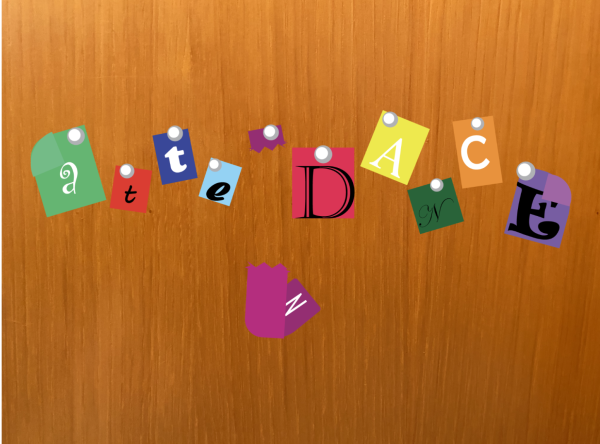A mosaic masterpiece
How Taylor Swift’s reimagined “Red” redefines a narrative of heartbreak and loss nine years later.
Gracing the cover of “Red (Taylor’s Version)”, Swift dons her iconic red lipstick.
As an amalgamation of harrowing heartbreak, all-encompassing jubilance, new beginnings, youthful vibrance, and wounding nostalgia, “Red (Taylor’s Version)” is an album for dreamers and cynics alike. Featuring new versions of fan-favorite songs as well as songs “from the vault” this refreshing take on a treasured album fits seamlessly into Swift’s extensive discography.
“Red (Taylor’s Version)” greatly benefits from revamped production of the album’s original songs. With the standout pop tracks on the album, the production quality benefits from roughly a decade of changes in technology and trends. In addition to the original production team— including Max Martin, Shellback, and Swift— the album gains the help of Aaron Dessner and Jack Antonoff (Swift’s collaborators on her 2020 albums “folklore” and “evermore”) on some vault tracks.
Though the intention of these updated versions of Swift’s albums is to stay as true to the original as possible, some songs sound strikingly different from their original versions. Some changes are more subtle, such as boosted basslines in “I Knew You Were Trouble” and “22”, while others change the sound of certain portions of songs, notably in the intro to “All Too Well” and the vocals in “Holy Ground”. An almost entirely new song appears in the place of the original “Girl At Home”, which was previously riddled with a country twang but is now a synth-pop track reminiscent of Swift’s fifth album, “1989”.
“Red (Taylor’s Version)” exists as a patchwork of emotions, both raw and removed. Swift’s revisiting of these songs recontextualizes them in a new light, something bound to happen when a 31-year-old recreates the work she made in her early twenties. Songs like “22” and “Holy Ground” preserve their uplifting nature while existing in a new context of nostalgia for a younger age rather than an eagerness to live in the moment. “All Too Well” and “I Almost Do” no longer feel like tales from someone still reeling from a new heartbreak but rather feel like older scars that have healed but left their mark. “Everything Has Changed” and “Begin Again” feel less like hopeful stories about the dawn of a new relationship and more like nostalgic reminiscence.
As the lead single from 2012, “We Are Never Ever Getting Back Together” quickly became a fan favorite and a notable factor of Swift’s emergence in the pop genre, so it’s safe to say that Taylor’s Version had a lot to live up to. The background track on this new version is significantly better than its predecessor, making the verses come to life. Swift’s iconic spoken lines in the song’s bridge are fuller and just as dynamic as before. One criticism the song received from fans is the chorus, where Swift sings “We are never, ever, ever getting back together.” Fans felt that the falsetto “we-eee” sung at the beginning of the line sounded out of place vocally, compared to the rest of the song.
A unique aspect of Swift’s re-recordings is in how her previous collaborations will fare in a new setting. Uncertainty from fans came in whether the collaboration will still maintain the same quality years or even a decade later, or if it is possible for the collaborator to record again. The song “Everything Has Changed” features Swift’s longtime friend and frequent collaborator, Ed Sheeran, who is also featured in the vault track “Run”. The aforementioned song was released as the sixth single for “Red”, telling the tale of a sweet platonic relationship turned romance portrayed in a duet between Swift and Sheeran. Nearly a decade after its initial release, “Everything Has Changed” has been treated to crisper vocals and lush harmonies, and has further been solidified as one of Swift’s greatest collaborations.
“The Last Time” exists as a stunning juxtaposition to “Everything Has Changed”, sung as an unrelenting back and forth between an on-and-off couple that can’t seem to make it work. Featuring Gary Lightbody of Snow Patrol, Swift’s delicate and fragile-sounding vocals create a stark contrast with Lightbody’s deep and unshakable singing. The vocal and lyrical build-up aid in creating a conclusion to an unforgettable song that has aged with grace.
On Aug. 5, Swift posted a video to Instagram opening “the vault”. Inside it; a collection of scrambled letters that, when organized into a crossword puzzle, reveals the names of the vault tracks as well as their collaborators. Through solving the crossword, fans were introduced to 10 tracks and three collaborations with the likes of Phoebe Bridgers, Sheeran, and Chris Stapelton. The vault tracks ranged from songs that have never been heard to songs that have only been performed live a limited number of times. In some cases, Swift wrote songs that were then auctioned off to other artists, with “Babe” going to Sugarland and “Better Man” to Little Big Town (and later winning a Grammy for Best Country Duo/Group Performance).
A notable track among these songs is “Ronan” — which tells the story of Ronan, a three-year-old boy who died from neuroblastoma. Swift wrote the song after reading the blog, Rockstar Ronan, which was created by Ronan’s mom, Maya Thompson. Originally written, performed, and recorded at a Stand Up to Cancer benefit concert in 2012, “Ronan” has been performed live only twice, with the recording of the first being the only version available to fans on streaming platforms. With the sale of Swift’s masters, the fate of “Ronan” was somewhat unknown to fans as it was never released on an album or as an official single. It was Ronan’s mother who ultimately levied fans’ concerns about the song when she announced in a blog post that “Ronan (Taylor’s Version)” would be available to fans in November.
As a devastating song from the perspective of a mother losing her child, “Ronan” recontextualizes the kind of heartbreak the album represents. Thompson is credited as a co-writer on the song, as Swift used specific lines from her blog posts to craft the lyrics. With lines like “Come on baby with me/ We’re gonna fly away from here/ You were my best four years” and “I remember the drive home/ When the blind hope turned to crying and screaming, ‘Why?’/ Flowers pile up in the worst way, no one knows what to say/ About a beautiful boy who died,” Swift demonstrates her ability to tell the stories of others’ experiences as well as she does her own, a skill she later establishes on “folklore”.
Swift’s highly anticipated collaboration with Bridgers on “Nothing New” tells the story of a woman whose spotlight seems to be dimming in favor of a younger woman set to take her place. With themes similar to the album’s 13th track “The Lucky One”, Swift details how, following the release of her third album “Speak Now”, she felt that the public was growing bored of her. In the song, Swift and Bridgers describe the woman’s replacement, singing, “I know someday I’m gonna meet her It’s a fever dream/ The kind of radiance you only have at 17/ She’ll know her way and then she’ll say she got the map from me/ I’ll say I’m happy for her then I’ll cry myself to sleep”. In addition to telling a striking story detailing the “elephant’s graveyard” of female musicians that Swift describes in her “Miss Americana” documentary, Bridgers’ feature is also significant as she is the first female artist to have her own verse on a Swift song.
While some vault tracks demonstrate Swift’s emergence into the pop genre, “I Bet You Think About Me” harkens to her previously country-dominated sound. Featuring backing vocals from Stapelton, the lyrics demonstrate Swift’s talent for satire in her songwriting, which she further indicates in “Blank Space” and “Look What You Made Me Do”. Along with the song came a music video directed by Blake Lively and starring Swift and Miles Teller. In Lively’s directorial debut, Swift portrays Teller’s ex who shows up to ruin his wedding. Illustrating a compelling story that calls to mind the title track of “Speak Now” and alluring cinematography, the video is riddled with possible easter eggs. Fans believe that imagery from the video such as the wedding cake, the stuffed bunny that Swift pulls out of a tophat, or even the number of columns in one shot could be hints about which re-recording is coming next.
The magnum opus of this album comes in the form of a ten-minute version of a fan-favorite song— “All Too Well”. Upon the song’s initial creation, the running time totaled over 10 minutes long, with over half of the lyrics being left on the cutting room floor in the song’s final iteration on the 2012 release of “Red”. For years, the song existed as mythology amongst Swift’s fans until it was officially announced and released in this re-recording. With a song twice as long comes a slew of new lyrics, in addition to already memorable one-liners from the original version. The line, “And I was never good at telling jokes but the punchline goes/ ‘I’ll get older but your lovers stay my age” calls to mind a line from “Begin Again”, where Swift sings, “I think it’s strange that you think I’m funny ’cause he never did”.
In addition to this extended track, Swift released a short film accompaniment starring Sadie Sink, Dylan O’ Brien, and Swift herself, with their characters being named Her, Him, and Her Later, respectively. The film details a story told in seven parts; “An Upstate Escape”, “The First Crack in the Glass”, “Are you Real?”, “The Breaking Point”, “The Reeling”, “The Remembering”, and “Thirteen Years Gone”; telling the story of the relationship and breakup that inspired “All Too Well”. With minimal dialogue, the audio is dominated by the song, featuring scenes where the lyrics directly correspond with what is taking place. One of the few moments where the only audio is dialogue shows a fight between Him and Her, communicating the emotional manipulation endured by Her. The yarn that ties the beginning of the story to its conclusion is the scarf, which Swift mentions in the first verse. We see Her character leave the scarf at His sister’s house (as Swift says in the song) early in the film and watch as He wears it in the closing scene of the film, watching Swift’s character through a window 13 years later.
With a generally positive reception, “Red (Taylor’s Version)” not only acts as a recreation of a modern classic but also as proof of the timelessness of beloved art. With the addition of new songs as well as old ones, the album broke records, including most streams for a female artist in a single day. Additionally, “All Too Well (Ten Minute Version)” became the longest song to ever top the Billboard Hot 100 chart. Though Swift chose not to submit her re-recordings for Grammy nomination, she is currently nominated for Album of the Year with “evermore”, released in December of 2020.
Your donation will support the student journalists of West Linn High School. Your contribution will allow us to continue to produce quality content by purchasing equipment, software, and continuing to host our website on School Newspapers Online (SNO).
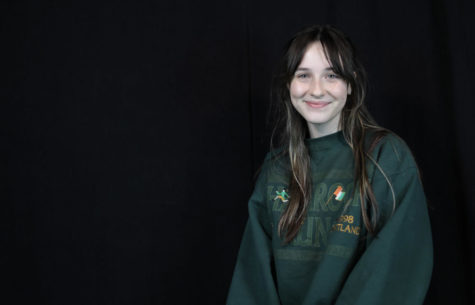
Lily Gottschling, senior, is the Copy Editor-in-Chief for wlhsNOW.com. She loves writing reviews, features, and opinions. She is also a co-host of the...


![Reaching out. Christopher Lesh, student at Central Catholic High School, serves ice cream during the event on March 2, 2025, at the Portland waterfront. Central Catholic was just one of the schools that sent student volunteers out to cook, prepare, dish, and serve food. Interact club’s co-president Rachel Gerber, junior, plated the food during the event. “I like how direct the contact is,” Gerber said. “You’re there [and] you’re just doing something good. It’s simple, it’s easy, you can feel good about it.”](https://wlhsnow.com/wp-content/uploads/2025/03/interact-1-edited-1200x744.jpg)



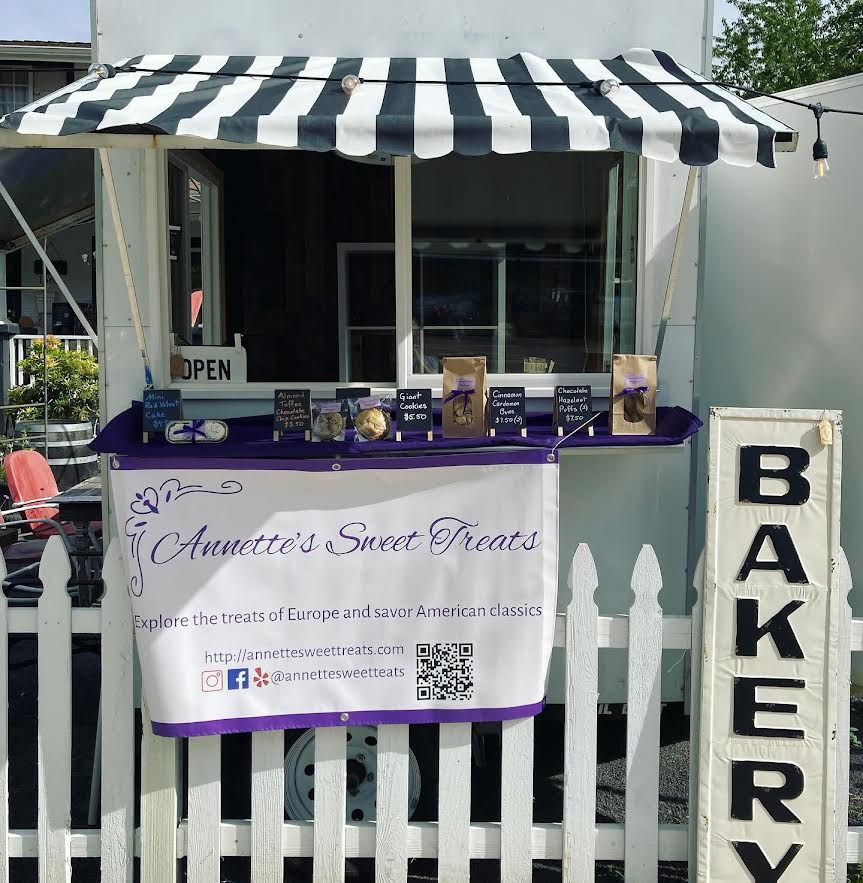





















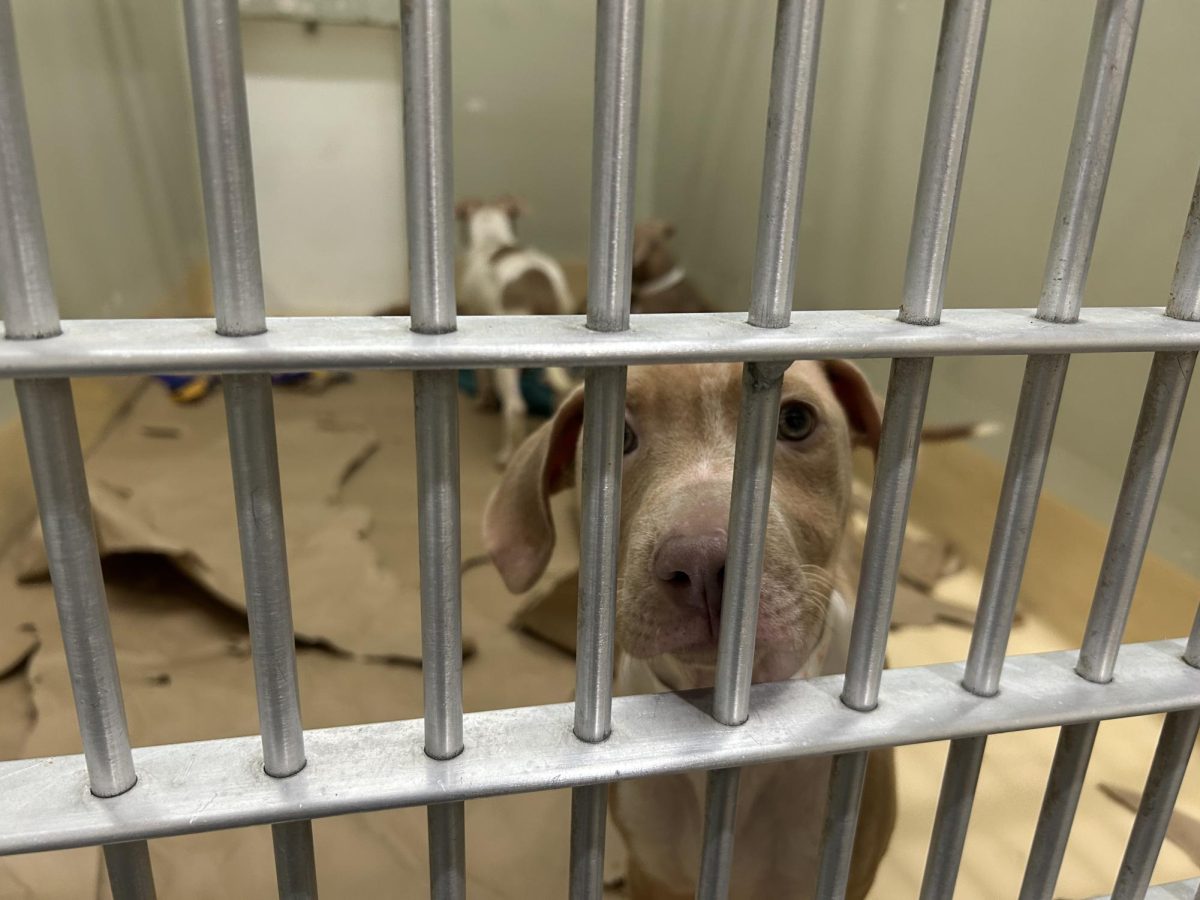

















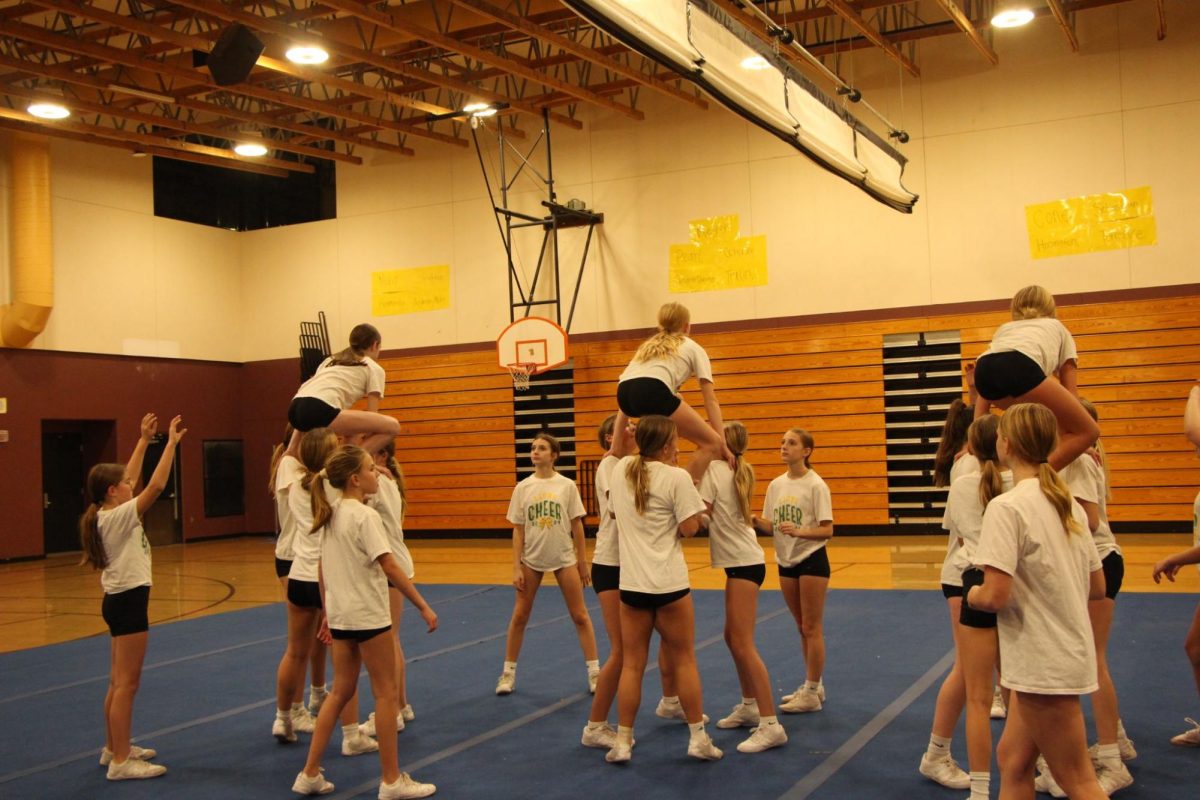
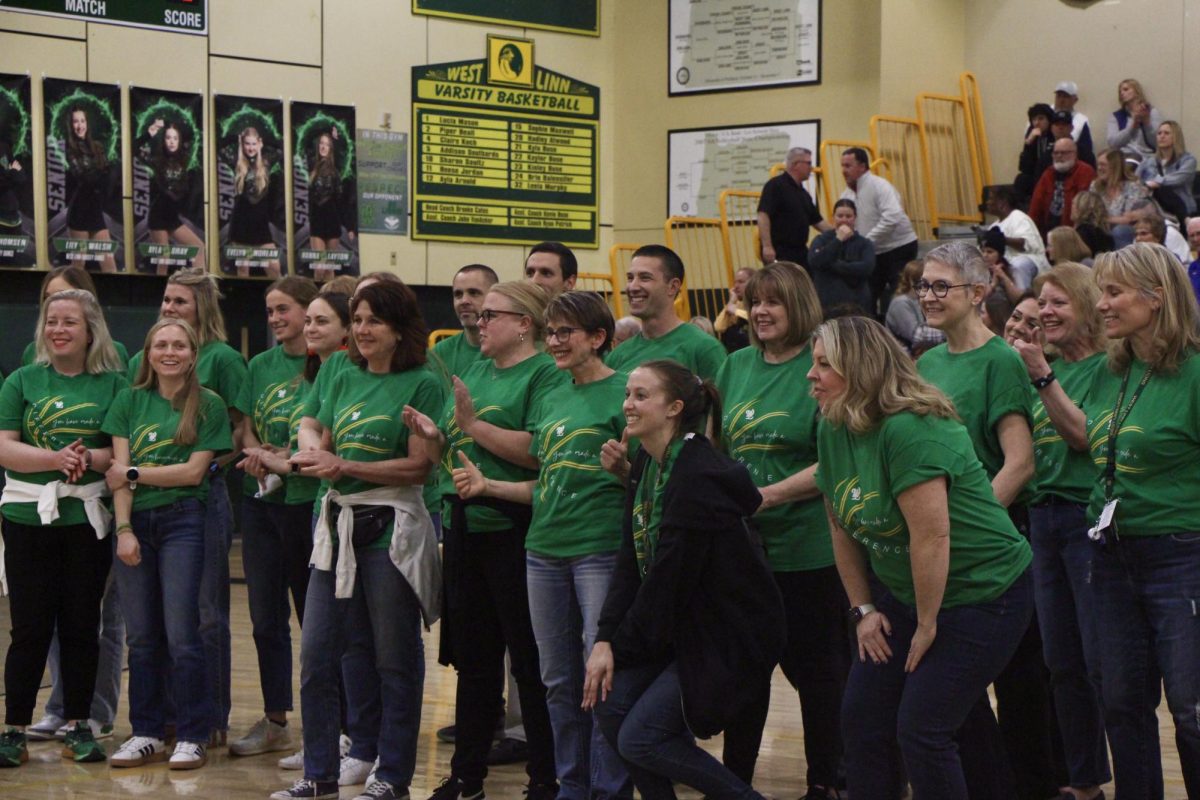
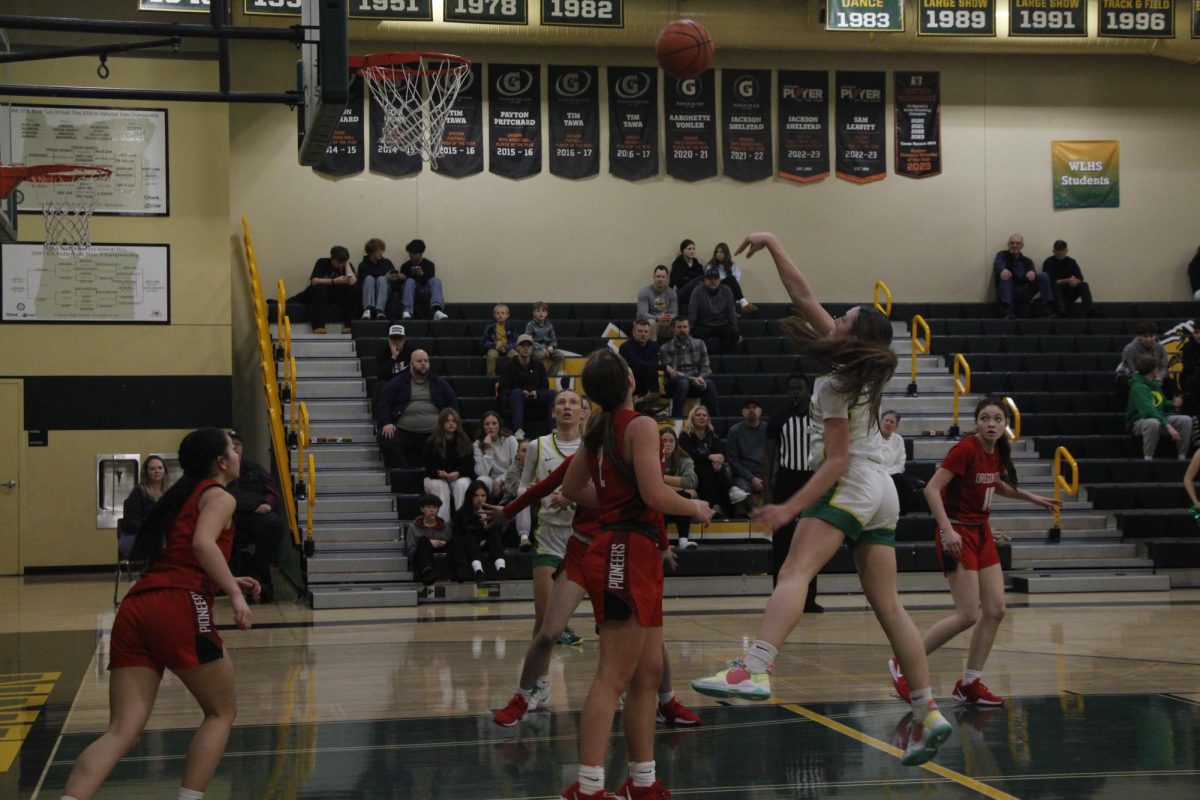
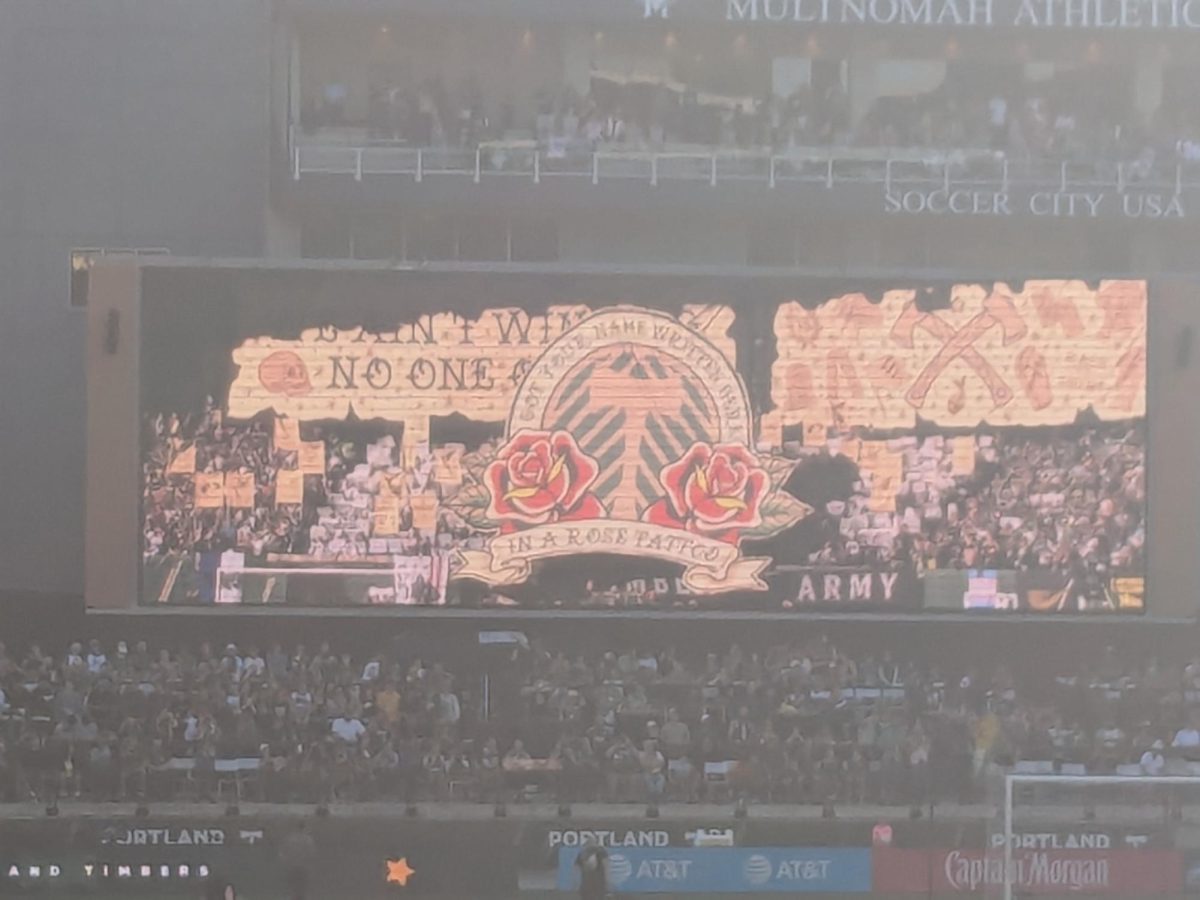








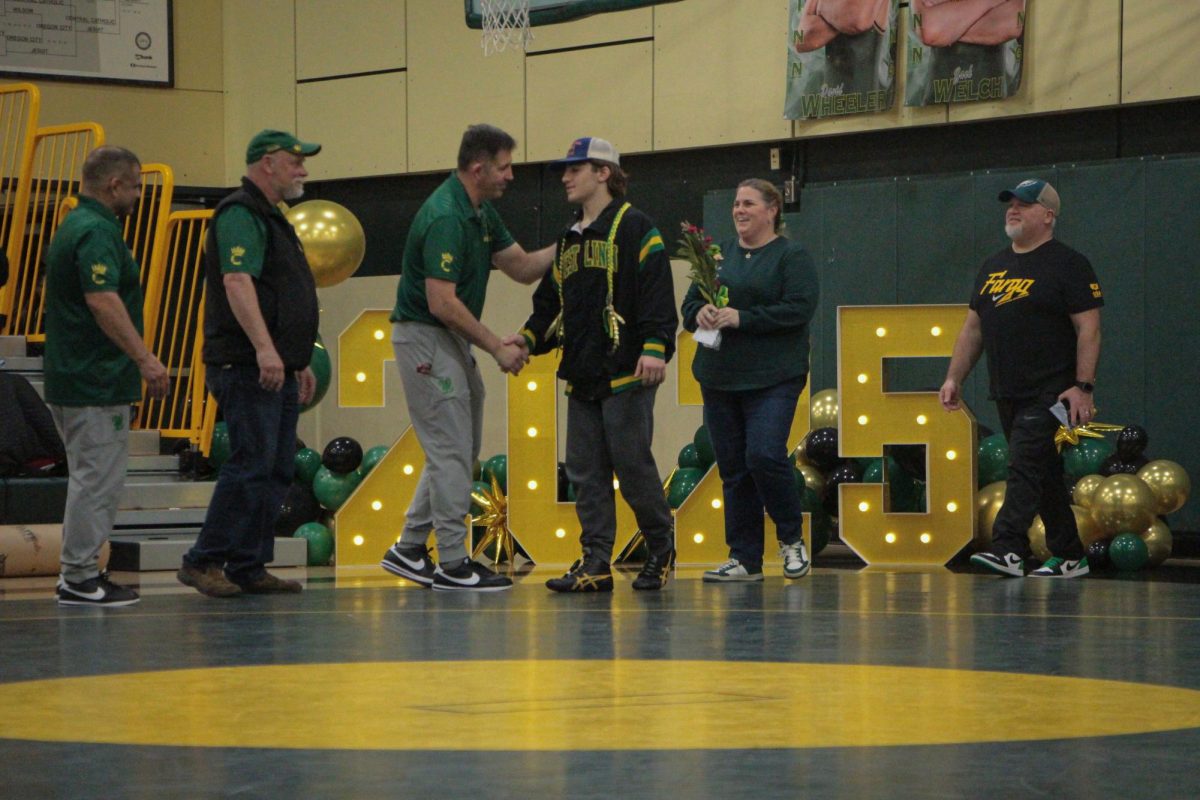

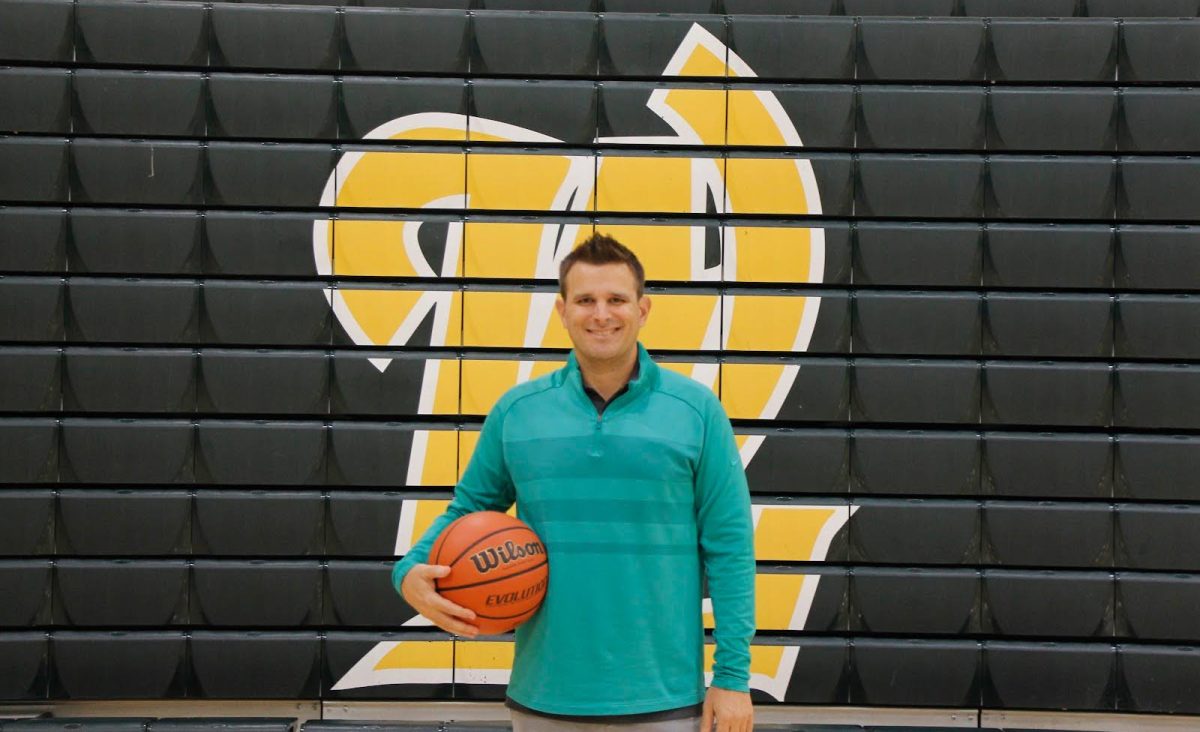



![At the bottom of the third inning, the Lions are still scoreless. Rowe stands at home plate, preparing to bat, while Vandenbrink stands off to the side as the next batter up. Despite having the bases loaded, the team was unable to score any runs. “It’s just the beginning of the season. We’re just going to be playing out best by June, [and] that’s where champions are,” Rowe said.](https://wlhsnow.com/wp-content/uploads/2024/03/IMG_3077-1200x900.jpg)













































